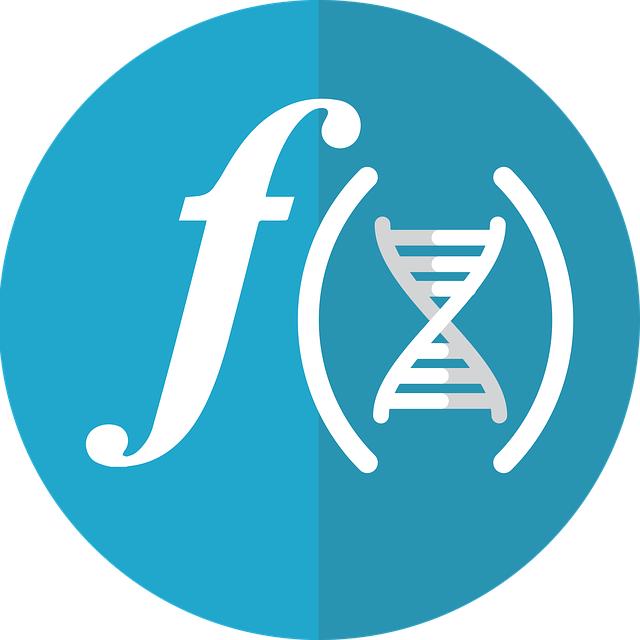- Introduction
- What is an MD5 Hash?
- How Do MD5 Hashes Work?
- Using MD5 Hash Generators Effectively
- Security Benefits of MD5 Hashing
- Conclusion
- FAQs
Introduction
In today's digital world, where cyber threats are a constant concern, hashing algorithms like MD5 play a crucial role in maintaining data integrity and security. This blog article will delve into the intricacies of using online MD5 hash generators effectively. We will cover what an MD5 hash is, how it works, the practical use of MD5 hash generators, and the security benefits associated with it. By the end of this article, you will have a comprehensive understanding of MD5 hashing and be equipped with the tools needed to utilize MD5 hash generators effectively.
What is an MD5 Hash?
An MD5 hash is a fixed-size 128-bit value obtained from input data of any size using the MD5 hashing algorithm. It produces a unique string representation of data, allowing for easy verification without exposing the original input. The primary purpose of an MD5 hash is to ensure data integrity. Rather than storing sensitive information directly, systems can store its hashed equivalent. When the original data is required, it can be verified against the stored hash to confirm its authenticity.
The significance of MD5 hashes becomes evident in scenarios where data needs to be securely stored or transmitted. Given its unique output, even minor changes to the input will produce distinctly different hashes, making it a useful tool for verifying data consistency over time.
Despite its popularity, it's essential to note that MD5 is no longer considered secure due to its susceptibility to collision attacks. However, its widespread adoption in various applications means it remains a topic of interest, especially for understanding data protection strategies. Additionally, many applications still use MD5 hashes because of their speed and ease of implementation.
Image search terms:

(Image: Pixabay/@kayuli)
How Do MD5 Hashes Work?
The process of creating an MD5 hash begins with inputting raw data into the MD5 algorithm, which processes it through a series of complex mathematical operations. The outcome is a unique 32-character hexadecimal number. Let's break down this process further.
1. **Input Data Preparation**: The initial step involves formatting the input data into a binary form suitable for processing. This preparation might include padding the data to ensure it fits into specific block sizes.
2. **Processing the Data**: The MD5 algorithm divides the data into blocks and processes these sequentially through several rounds of transformations that involve bitwise operations and modular addition.
3. **Generating the Hash**: After processing all data blocks, MD5 combines the results from each processing round into a single output hash. The final hash produced is an irreversible representation of the original input, which cannot be converted back.
4. **Verifying Integrity**: To verify the integrity of data, one would rehash the original input and compare it with the previously stored hash. If both hashes match, the data is intact; if not, it indicates potential alterations.
Image search terms:

(Image: Pixabay/@mcmurryjulie)
Using MD5 Hash Generators Effectively
Online MD5 hash generators provide an efficient and straightforward means to create hashes from input data. Here’s how to use them effectively:
1. **Selecting a Reliable Online Tool**: The first step is to choose an established and reputable online MD5 hash generator. Look for services that prioritize user privacy and data security to ensure your data isn’t being improperly utilized.
2. **Inputting Data**: With a reliable tool chosen, input your desired text or file into the designated field. Ensure that the data you are entering is free from errors, as even a minor mistake will result in a different hash.
3. **Generating the MD5 Hash**: Once you’ve entered your data, simply click on the generate button. The tool will process your input and return the corresponding MD5 hash, usually displayed in hexadecimal format.
4. **Understanding Results and Exporting Data**: After generating the MD5 hash, you may want to copy it for use in data verification processes or other applications. Many web-based tools offer options for exporting, sharing, or even saving the generated hashes for later use.
Image search terms:

(Image: Pixabay/@IO-Images)
Security Benefits of MD5 Hashing
While MD5 is considered less secure compared to modern hashing algorithms due to vulnerabilities, understanding its advantages in particular contexts is vital. Here are some of the security benefits of using MD5 hashing:
1. **Integrity Verification**: One of the primary benefits of MD5 hashing is ensuring data integrity. By comparing hashes, users can easily determine if data has remained unchanged during storage or transmission.
2. **Speed and Efficiency**: The MD5 hashing process is computationally efficient and fast, making it ideal for applications needing quick hash generation without consuming significant resources.
3. **Uniqueness of Hashes**: Though collisions exist, MD5 generally outputs uniquely different hashes for distinct inputs under most circumstances, which helps maintain data separation and integrity.
4. **Simplicity of Implementation**: MD5 is widely used and supported across programming languages and systems, providing developers with a straightforward and widely understood method for hashing.
Image search terms:

(Image: Pixabay/@geralt)
Conclusion
In conclusion, while MD5 may not be the gold standard in hashing security today, its role in ensuring data integrity and quick hash generation cannot be overlooked. Knowing how to use online MD5 hash generators effectively empowers users to secure their data better and verify its authenticity. Understanding the mechanics of MD5 hashing, alongside its pros and cons, equips you with the necessary knowledge to navigate data security challenges.
FAQs
What is an MD5 hash?
An MD5 hash is a 128-bit value generated by the MD5 hashing algorithm from an input of any size, used primarily for verifying data integrity.
Is MD5 secure?
MD5 is no longer considered secure against collision attacks. While it's widely used for data integrity checks, more secure alternatives like SHA-256 are recommended for sensitive data.
How can I generate an MD5 hash?
You can easily generate an MD5 hash using various online hash generator tools. Simply input your data, and the tool will output the corresponding MD5 hash.
Can I recover the original input from an MD5 hash?
No, MD5 hashes are designed to be one-way, meaning you cannot retrieve the original data from its hash.
What are the alternatives to MD5?
SAFER alternatives to MD5 include SHA-1, SHA-256, and SHA-3, which offer stronger security features and resistance against attacks.
